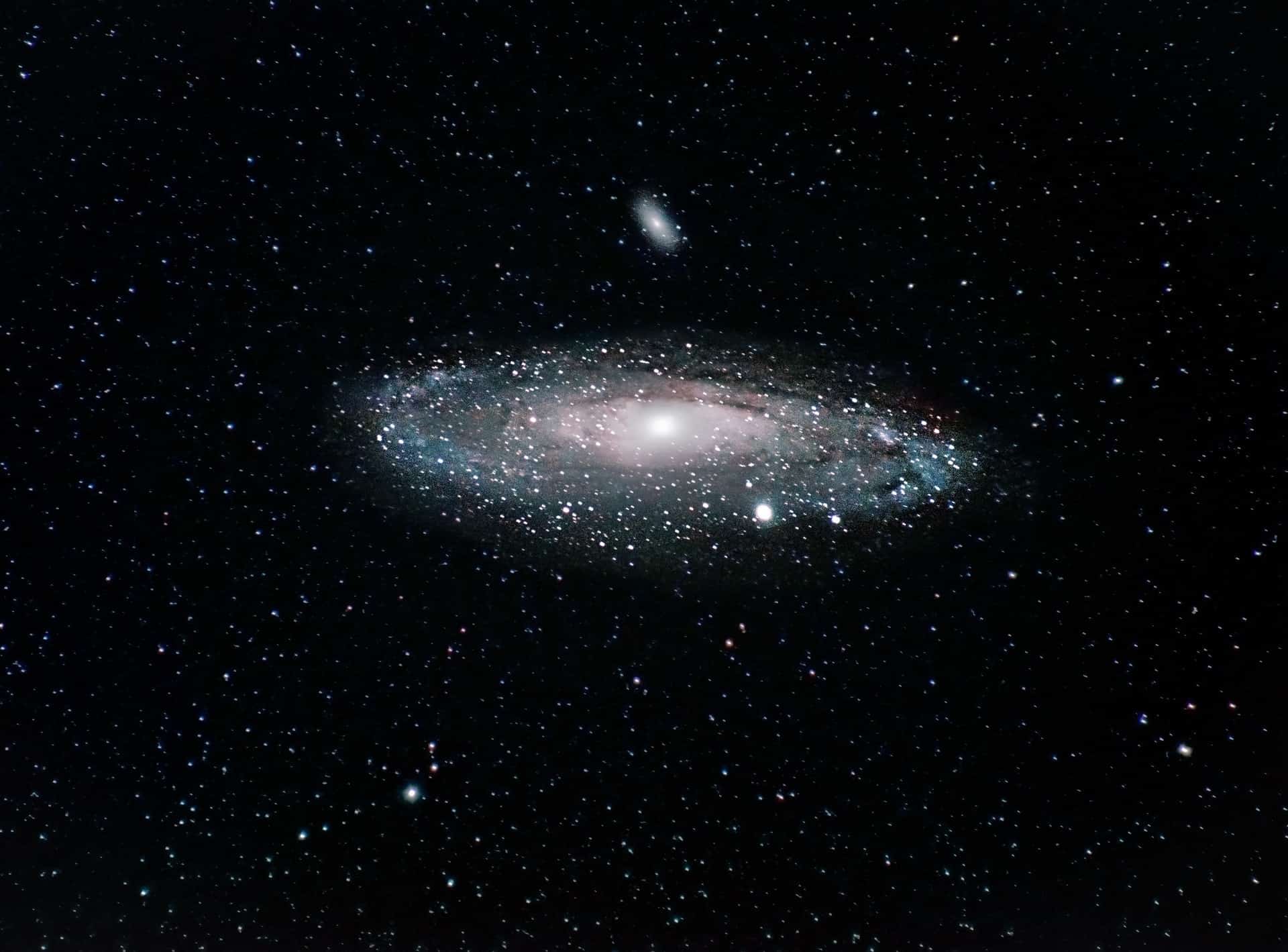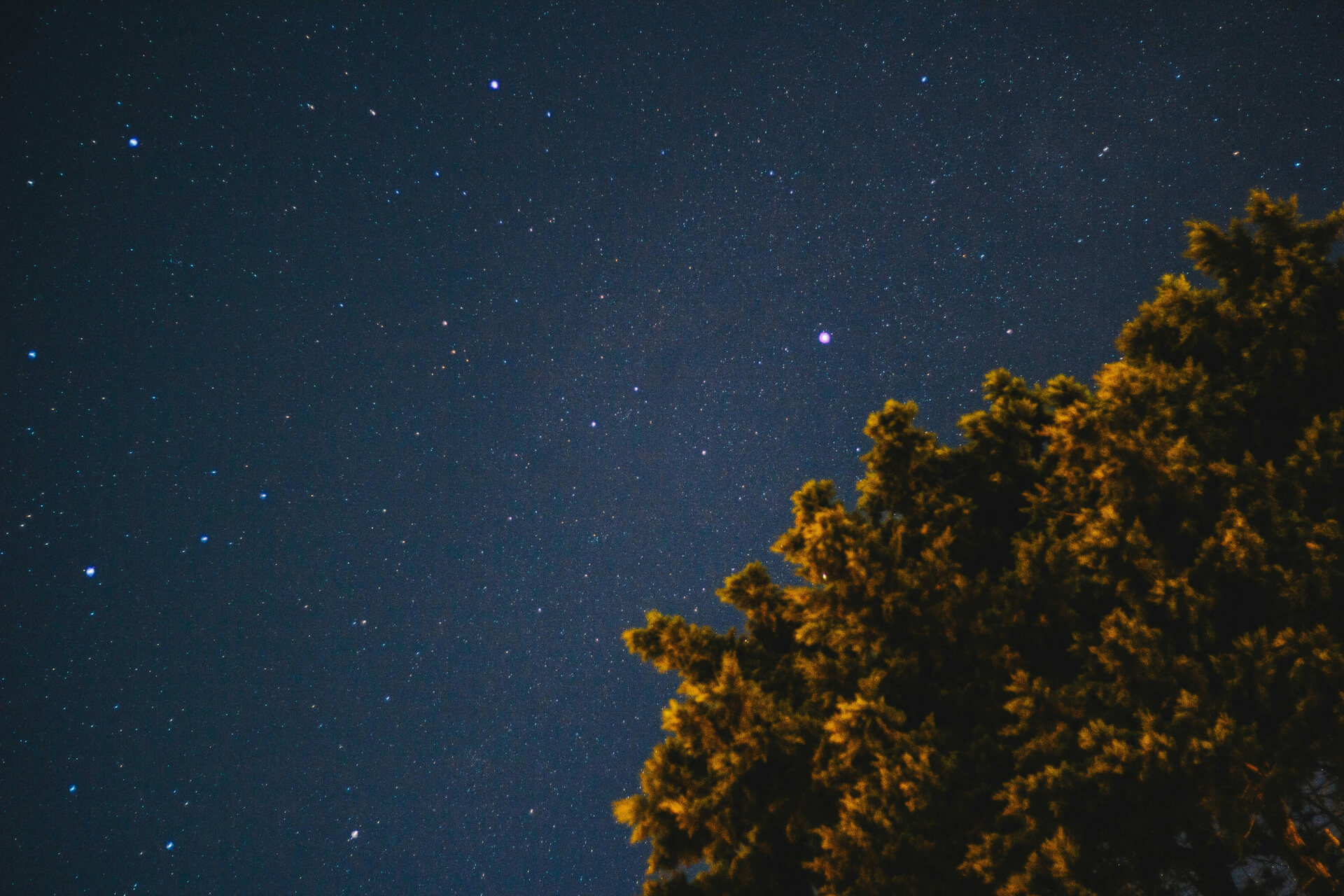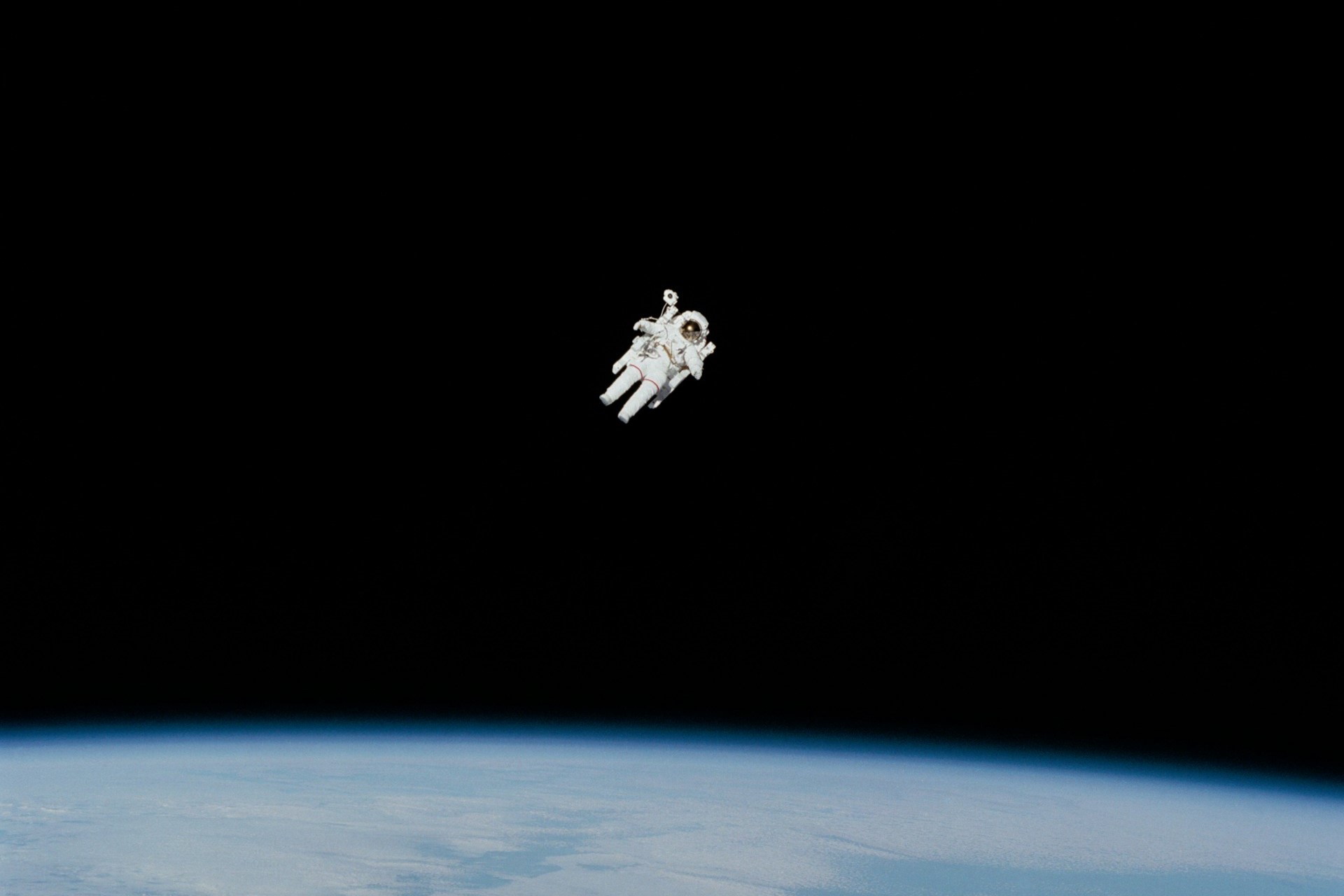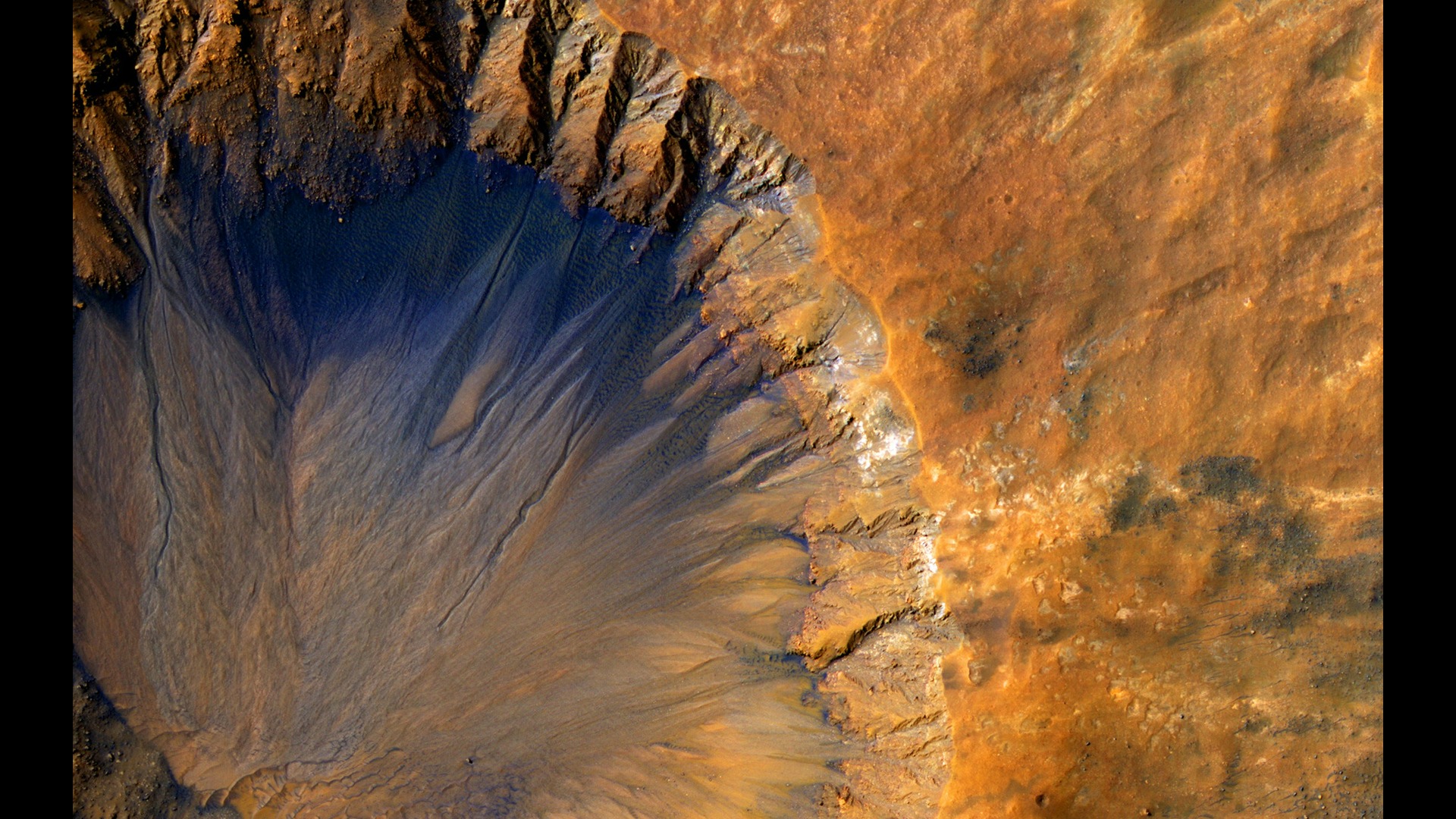
Getting Cozy: Exploring Clusters of Galaxies
September 28, 2022 - Emily Newton
Revolutionized is reader-supported. When you buy through links on our site, we may earn an affiliate commission. Learn more here.
Looking up at the night sky with the unaided eye shows us thousands of stars and planets. Doing the same with a telescope increases that number exponentially. Still, to the casual observer, it’s challenging to put space in perspective because we’re just one tiny blue dot in one spiral arm of the Milky Way galaxy.
Traveling to another planet in our solar system takes weeks or months. Once we move beyond the heliosphere, it could take thousands of years just to reach our nearest celestial neighbor, Alpha Centauri. There’s a lot of empty space in the black until you look a little closer and see enormous galaxies getting cozy — celestially speaking — with one another. Let’s explore these clusters of galaxies and see what they might be able to teach us about the universe as we know it.
What are Clusters of Galaxies?
Space is big. Our nearest celestial neighbor, Alpha Centauri, is 4.4 light years away, meaning light from that star takes 4.4 years to reach Earth. Unfortunately, human spacecraft travel a lot slower than the speed of light. Using current technology, a probe sent to the Alpha Centauri system would take 18,000 years to reach the star system. Even at 10% of the speed of light, the trip would still take 44 years. And that’s just us trying to reach another star here in the Milky Way.
We are hundreds light years from the nearest galaxy. Once you get out of the Milky Way, things get a little more crowded. Clusters of galaxies can include hundreds or thousands of galaxies of all types, all held together by their gravitational bonds. Astronomers generally refer to smaller collections of galaxies as galaxy groups instead of clusters. These smaller groups can come together to form clusters or even superclusters.
Our Milky Way galaxy is part of the Local Group galaxy group, home to 54 other galaxies. That group is part of the Virgo supercluster, which is part of the Laniakea supercluster. The latter houses more than 100,000 galaxies, including ours. In the known and observable universe, astronomers estimate around 10 million galactic superclusters.
Exploring Gravitational Lensing
Powerful gravitation bonds hold these groups of galaxies together. In addition to keeping the clusters intact, these powerful gravitational bonds cause another celestial phenomenon: gravitational lensing. Gravitational lensing happens when a massive stellar body generates enough gravity to cause the space-time around it to curve. This curve bends everything around it, including light.
Gravitational lensing is relatively rare, but new James Webb Space Telescope images showcase the phenomena. The massive deep-field image shows galaxies and stars that appear to be contorted. This image is an example of gravitational lensing.
Low Density, High-Temperature Plasma
When it comes to clusters of galaxies, it isn’t just the galaxies themselves that are fascinating for astronomers — it’s the space between them. This low-density plasma can reach hundreds of millions of degrees, causing them to glow brilliantly on the X-ray spectrum. Most of the matter in clusters of galaxies is made up of this plasma, threaded through by turbulent and constantly changing magnetic fields.
This high-temperature plasma could hold all the elements necessary to form new stars or planets in the empty spaces between these galaxies.
Black Hole Feedback
We think of black holes as these bottomless gravitational pits, but recent observations show that they can and do regularly eject energy and other particles. Astronomers have also observed a unique feedback loop between a black hole and the charged plasma that fills the space between these galaxies in the cluster. The problem with these energy jets is that if they start blowing holes or creating bubbles in the plasma between galaxies, it can begin to interfere with the birth of new stars or planets that use that plasma as a kind of celestial spawning ground.
The Sunyaev-Zel’dovich Effect
Have you ever looked down a road on a hot day and seen the illusion of water on the asphalt’s surface? That illusion is similar to the Sunyaev-Zel’dovich effect. This effect changes the observed or apparent brightness of the cosmic background radiation within clusters of galaxies, especially in proximity to the hot plasma within these clusters. The background radiation might not be brighter, but astronomers can use Sunyaev-Zel’dovich effect data combined with x-ray radiation scans to paint a clearer picture of the structures within a cluster of galaxies.
Galaxy Clusters in High Definition
While this might not have enough galaxies to be considered a cluster technically, astronomers released the first JWST images. They included high-resolution photos of a group of galaxies known as Stephen’s Quintet. A French astronomer named Edouard Stephan discovered the Quintet in 1877, but the James Webb telescope makes it easier to see what’s out there.
Five galaxies, all held together by their mutual gravitational fields, hiding all sorts of secrets. Two galaxies — NGC 7318A and NGC-7318B — are slowly merging and may eventually become a single galaxy. JWST allows astronomers to watch galaxies merge for the first time in human history.
The top galaxy in the Quintet — NGC 7319 — is hiding another secret. It holds an active galactic nucleus at its core, a supermassive black hole 24 million times larger than our sun. We can spot this black hole because it’s currently eating everything around it and putting out so much light. It’s roughly the equivalent of 40 billion Suns. JWST allows astronomers to watch how a supermassive black hole feeds on its surrounding galaxy and grows.
It’s Getting a Little Crowded Out There
The distance between galaxies is measured in light years, but when talking about these massive celestial superstructures, it might seem like it’s starting to get a little crowded out there. Categorizing clusters of galaxies makes it easier for astronomers to make sense of all that space out there. Otherwise, it’s too easy to get lost in the black. Astronomers observing the universe from Earth are safe. Still, once we become the interstellar species that we’ve always dreamed of, the risk of taking a wrong turn at Alpha Centauri and getting hopelessly lost goes up.
Revolutionized is reader-supported. When you buy through links on our site, we may earn an affiliate commission. Learn more here.
Author
Emily Newton
Emily Newton is a technology and industrial journalist and the Editor in Chief of Revolutionized. She manages the sites publishing schedule, SEO optimization and content strategy. Emily enjoys writing and researching articles about how technology is changing every industry. When she isn't working, Emily enjoys playing video games or curling up with a good book.







